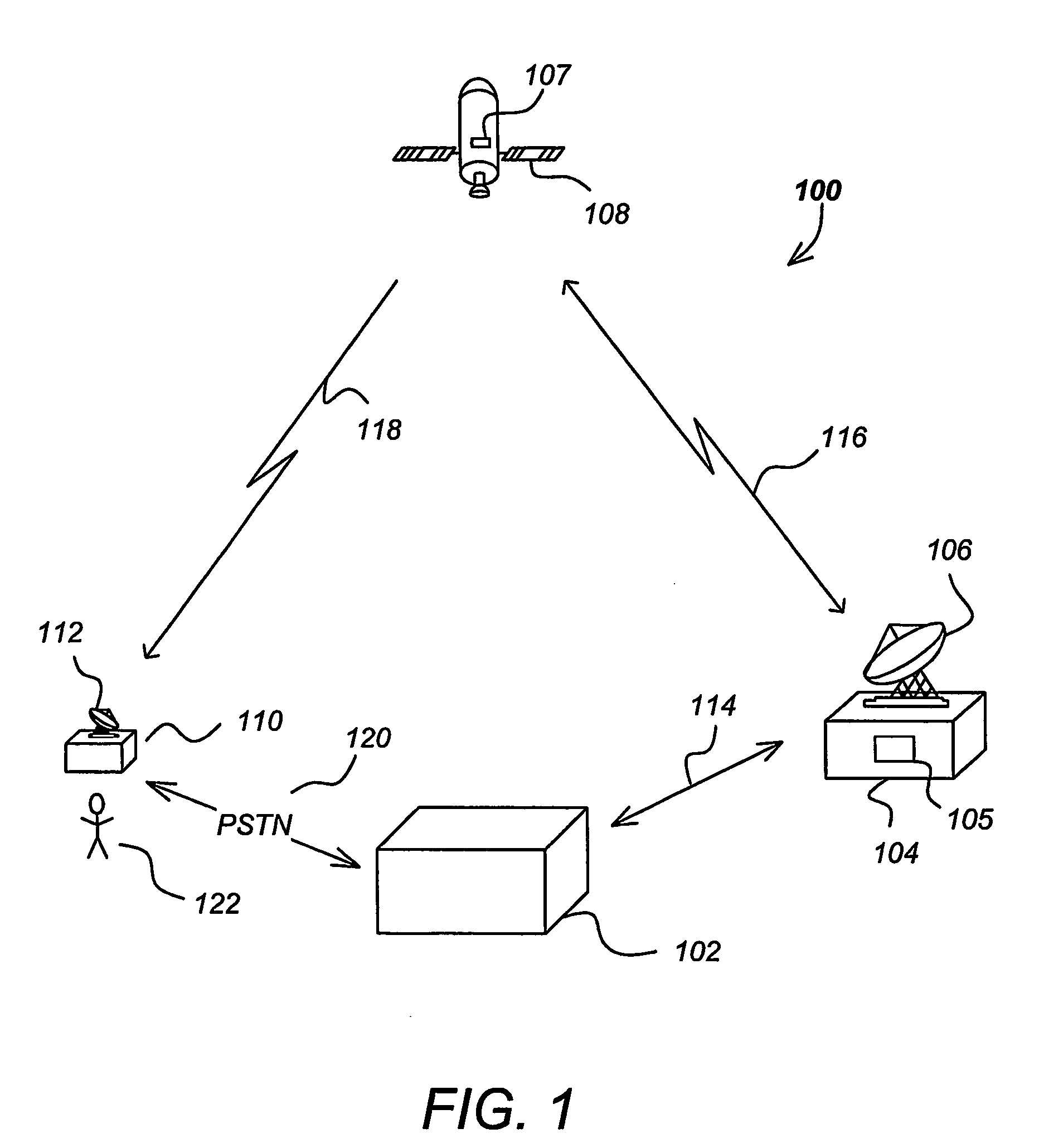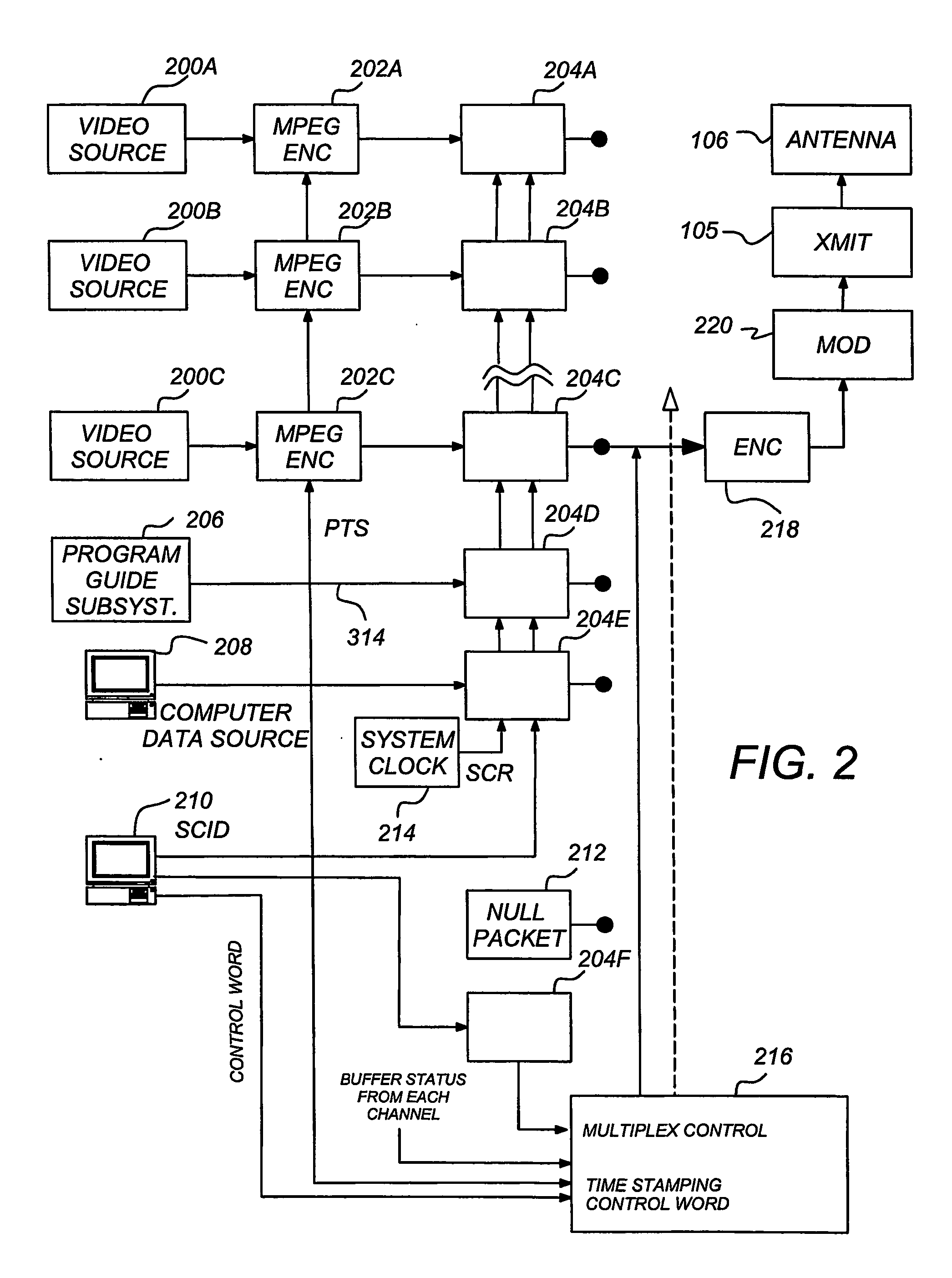Maximizing power and spectral efficiencies for layered and conventional modulations
a layered modulation and spectral efficiency technology, applied in the field of system information throughput, can solve the problems of limited electromagnetic spectrum availability, inability to simply transmit enhanced or additional data at a new frequency, and inability to achieve the effect of reducing the excess bandwidth ratio of signals, reducing the power requirements of layered modulation, and increasing the system information throughpu
- Summary
- Abstract
- Description
- Claims
- Application Information
AI Technical Summary
Benefits of technology
Problems solved by technology
Method used
Image
Examples
Embodiment Construction
[0042] In the following description of the preferred embodiment, reference is made to the accompanying drawings which form a part hereof, and in which is shown by way of illustration a specific embodiment in which the invention may be practiced. It is to be understood that other embodiments may be utilized and structural changes may be made without departing from the scope of the present invention.
1. Overview
[0043] As described in more detail hereafter, layered modulation (LM) reconstructs the upper layer signal and removes it from the received signal to leave a lower-layer signal. Lower layer signal demodulation performance requires good signal cancellation, which in turn requires the reconstructed signal to include accurate amplitude and phase effects from signal propagation path, filter and low noise block (LNB). Values of these parameters change from receiver to receiver and therefore must be estimated at each receiver.
[0044] One difficulty with the implementation of the lay...
PUM
 Login to View More
Login to View More Abstract
Description
Claims
Application Information
 Login to View More
Login to View More - R&D
- Intellectual Property
- Life Sciences
- Materials
- Tech Scout
- Unparalleled Data Quality
- Higher Quality Content
- 60% Fewer Hallucinations
Browse by: Latest US Patents, China's latest patents, Technical Efficacy Thesaurus, Application Domain, Technology Topic, Popular Technical Reports.
© 2025 PatSnap. All rights reserved.Legal|Privacy policy|Modern Slavery Act Transparency Statement|Sitemap|About US| Contact US: help@patsnap.com



